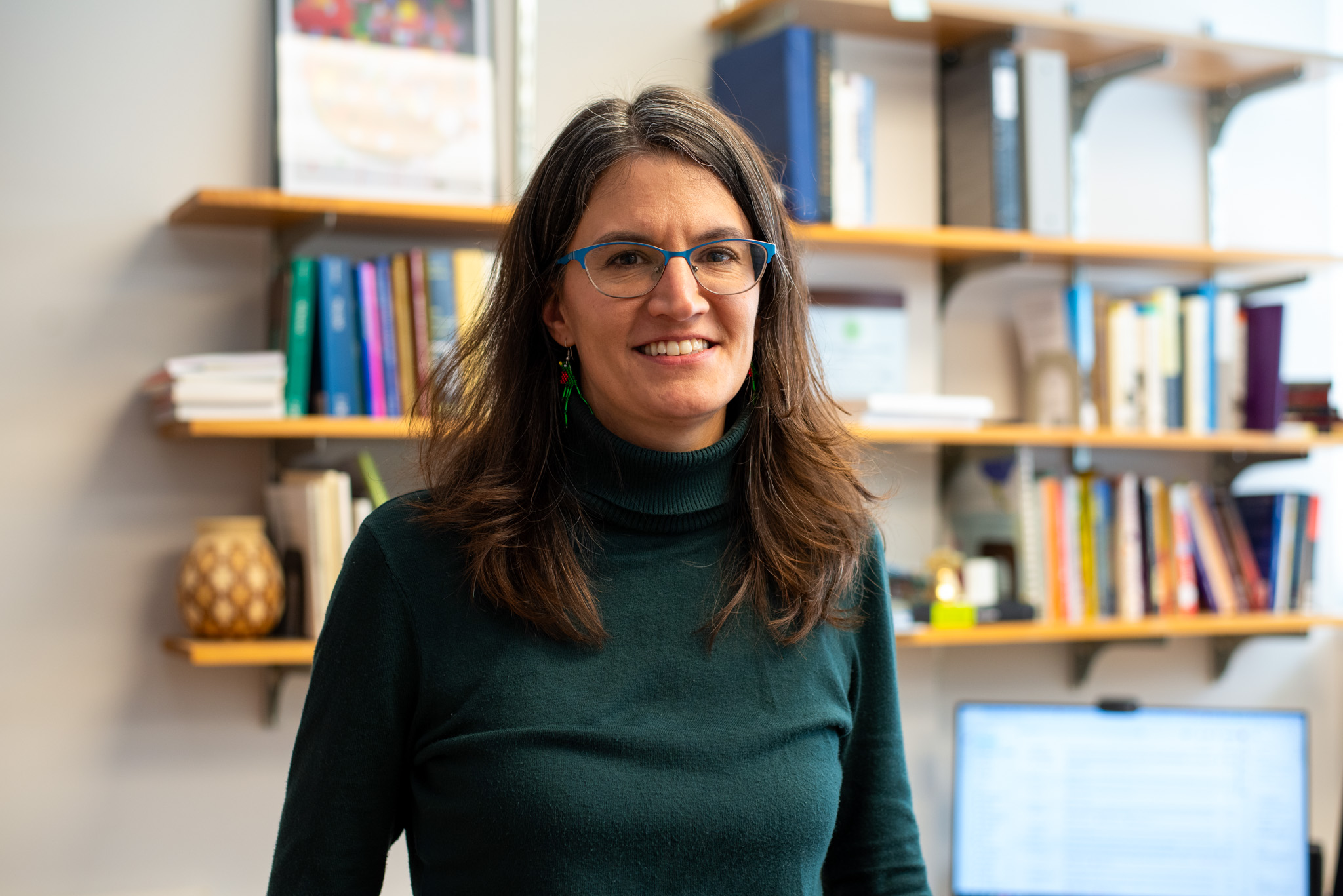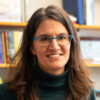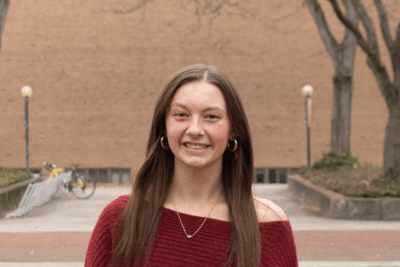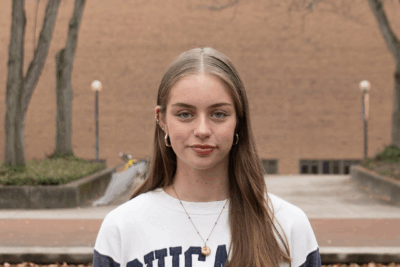I had never visited Los Angeles before last week, so I can’t speak to what the city was like before the fires began on Tuesday, Jan 7. I know there are southern California natives within our Goshen College community who could tell us what they love about the place they come from. As a visitor, I can only provide an outsider’s perspective, with all the limitations that implies.
Last week I was in Pasadena for a course with an international cohort of students; Pasadena is adjacent to LA and close to where the Eaton Fire ignited last week. With two students from Kenya and South Korea, we rented an Airbnb about six blocks from what ended up being an evacuation warning zone. None of us are accustomed to the reality of frequent wildfire threats, but it was soon clear that these fires were far outside of the ordinary. We were eating supper when the phone calls and alerts began to buzz on our phones, sending us out into streets with darkened stoplights, roads blocked by fallen trees and fires visible in the hills across the highway.Two years ago, students and I read Octavia Butler’s “Parable of the Sower” in our “What is the Good Life?” class at Goshen College. I thought of this novel daily while in Pasadena. Published in 1993, Butler’s post-apocalyptic novel imagined a future of urban wildfires, rampant privatization of public services and frequent displacement. In reading we were disturbed by the ecological disorder and social upheaval that grinds throughout the novel, but our class also found inspiration in the ways that Butler featured community care as the response to such a world. Turns out, Butler lived above Pasadena in Altadena, home to a historic Black community. Altadena is also the town most devastatingly affected by the Eaton Fire.
I thought of Butler’s concept of community care as I watched displaced families evacuate to the hotel where our cohort met for class. The lobby became a site for holding each other’s grief, for fresh water and coffee for information. I thought of community care as our cohort prayed and cried for the city that was hosting us, for their loss and their trauma. Some of the loss felt very close; members of the seminary community our cohort was a part of had been displaced, lost their homes or become ill from the smoke and ash. I thought of community care as I watched fire updates and aid distribution sites populate my Watch Duty app, a volunteer and non-profit platform that has become the main source of information about the fires and where to go for help. There have been many eloquent essays written in recent days that highlight the longstanding practices of community care in southern California, often oriented around neighborhoods. Residents are well-practiced to leverage that muscle memory now.
The world’s gaze is currently on southern California, but that gaze will soon shift. And when it does, there will still be many residents who need both community care and structural support from local and federal agencies. Before coming to GC, I worked with non-governmental organizations in Colombia that served people displaced from the armed conflict. One of the most important lessons I learned from that work is that mass displacement requires a multilevel response. The first is to respond to immediate physical needs like clothing, food, medical care and shelter. In the next stage of response, people need support accessing government aid that is due to them as victims of natural disasters or violence. Third, there are long-term psychological needs that require sustained accompaniment to help people heal. Finally, differentiated responses are necessary to ensure that the most vulnerable community members are not left out or last in line. None of these even address the massive challenges of rebuilding whole neighborhoods that will be needed in California. Right now the communities in LA and Altadena are mostly in that first stage, but they will need support and our continued attention when the acute threat of fire passes, perhaps especially so.
I also thought a lot about GC while I was away. I wondered how deep our muscle memory for community care goes and if that care could sustain us in an emergency like this one. Goshen is a place with some deeply-rooted practices in mutual aid and community organizing, and I hope we can continue to build on those. For this week, let’s begin by showing extra compassion to those members of our community who hail from southern California and may feel their hearts split between two places.



